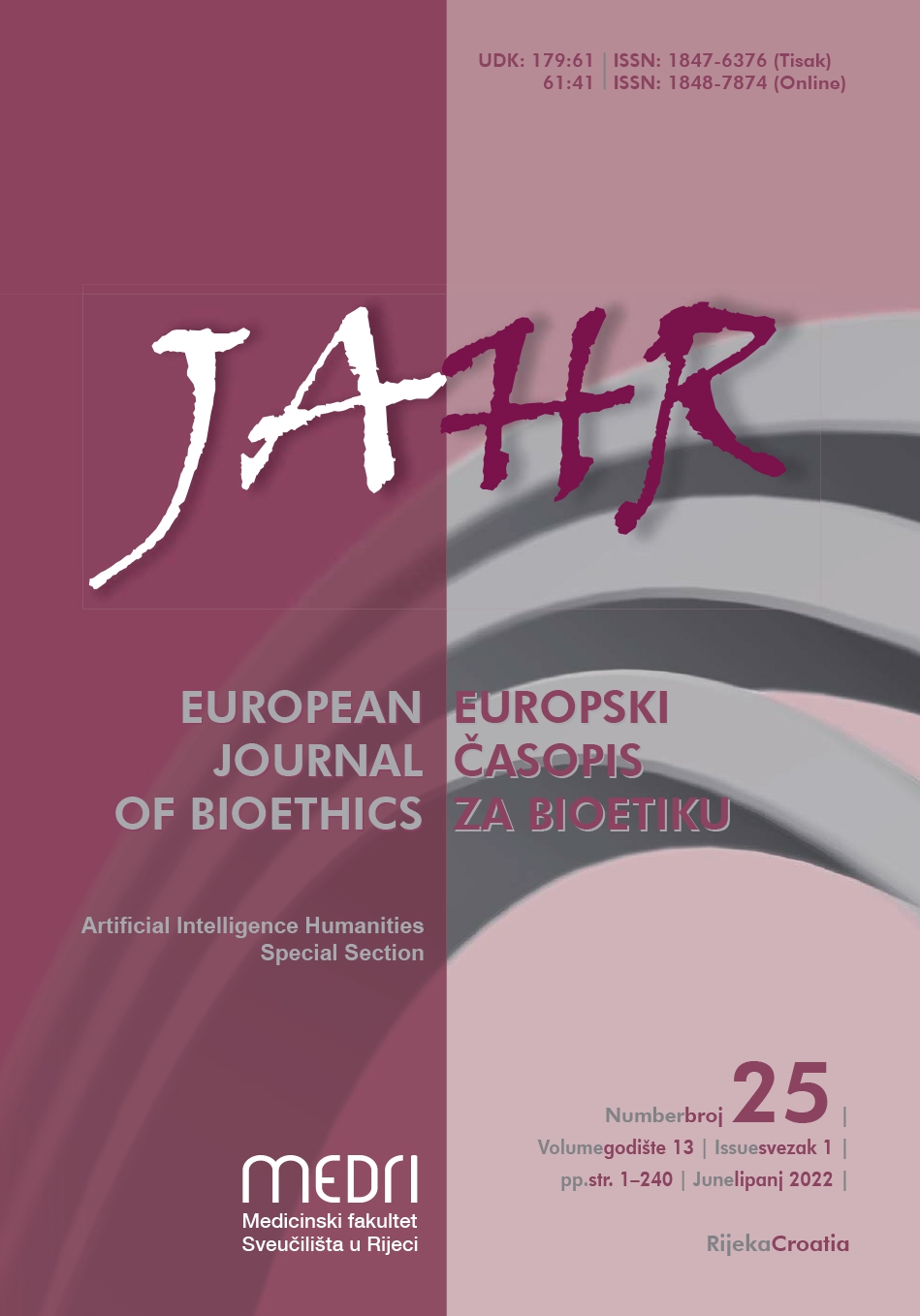Labelling the psychological impact of colour in films for deep learning processing based on the humanities approach
RGB information in colour classification in film
Keywords:
Goethe, colour, deep learning, film, RGBAbstract
https://doi.org/10.21860/j.13.1.11
Inspired by Goethe’s theory of colour and his aversion to Newton’s scientific theories, we performed an experiment to investigate the psychological impact of colour in film. We converted 550 films into sequences of images and then processed them to extract the RGB information within. We then compared this data and matched them to classifications of colour roles in terms of their psychological influence on film viewers. For this we consulted Bellantoni, Patti (2005)’s book If It’s Purple, Someone’s Gonna Die: The Power Of Colour In Visual Storytelling, which is a guide for filmmakers to select the appropriate colours for their films and also describes the psychological and emotional effects of certain colours in film on viewers. Finally we extracted RGB information from our image sequence archives to match them to classifications of the role of colour and their psychological influences on film viewers. In spite of the fact that our results are subject to certain limitations such as the subjectivity of our researchers, we believe our findings from the experiment have made contributions to the development of AI for use in film colour classification with regard to their psychological impacts on viewers. In future endeavors, we expect to include additional information, such as shapes, tints and so on. Thus, our methodology and materials may produce even better results if supplementary resources were to be available.
Downloads
Published
Issue
Section
License
Authors who publish with this journal agree to the following terms:
- Authors retain copyright and grant the journal right of first publication with the work simultaneously licensed under a Creative Commons Attribution License that allows others to share the work with an acknowledgement of the work's authorship and initial publication in this journal.
- Authors are able to enter into separate, additional contractual arrangements for the non-exclusive distribution of the journal's published version of the work (e.g., post it to an institutional repository or publish it in a book), with an acknowledgement of its initial publication in this journal.
- Authors are permitted and encouraged to post their work online (e.g., in institutional repositories or on their website) prior to and during the submission process, as it can lead to productive exchanges, as well as earlier and greater citation of published work (See The Effect of Open Access).



